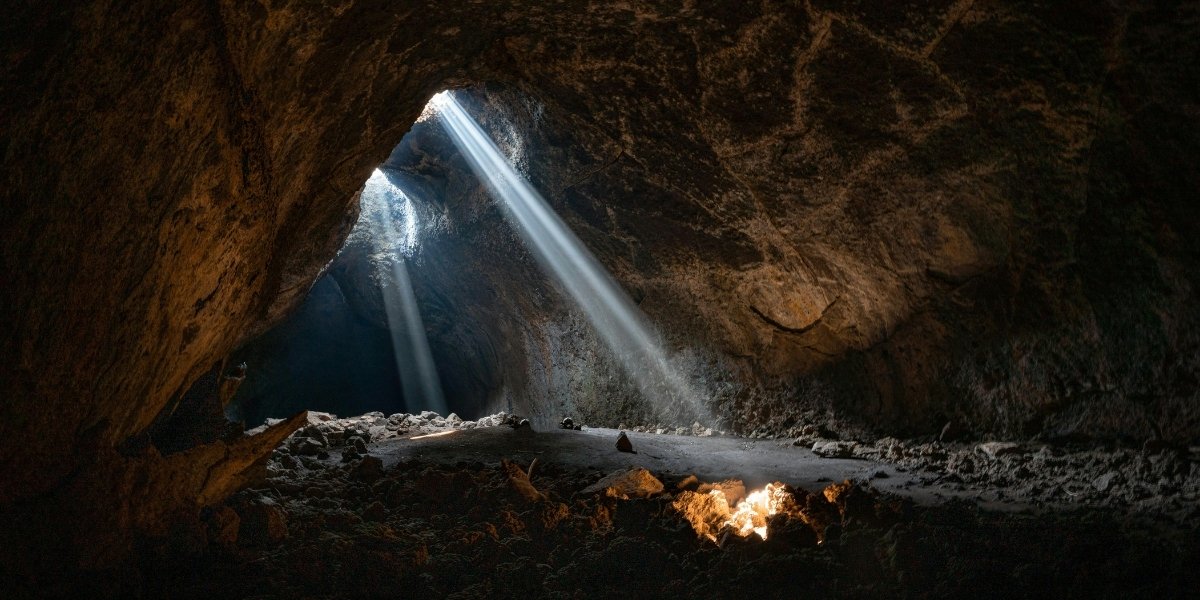How Is Nevada Addressing Its Water Shortage Challenges?
Nevada faces significant water scarcity issues due to prolonged droughts and rapid population growth. The state’s arid climate, characterized by low annual rainfall, exacerbates these challenges, making water conservation a critical priority. Efforts to manage and preserve water resources are essential to sustain both the population and the environment.
Read Also: The Most Opulent Las Vegas Accommodation for VIP Guests
What Are the Primary Causes of Nevada’s Water Shortage?
Several factors contribute to Nevada’s water scarcity:
Prolonged Droughts
Over the past 25 years, the Colorado River has experienced the worst drought in recorded history, leading to unprecedented declines in Lake Mead’s water levels. This situation has significantly impacted Nevada’s primary water source, reducing availability for both urban and agricultural use.
Population Growth
Nevada’s population has grown rapidly, increasing demand for water resources. This growth places additional stress on already limited water supplies, necessitating more efficient water management practices.
Climate Change
Rising temperatures and shifting precipitation patterns due to climate change have further strained Nevada’s water resources. These changes affect snowpack levels and river flows, reducing the reliability of traditional water sources.
How Is Nevada Conserving Water Amidst Scarcity?
To combat water shortages, Nevada has implemented several conservation initiatives:
Water Smart Landscapes Program
The Southern Nevada Water Authority (SNWA) introduced the Water Smart Landscapes program, encouraging residents to replace water-intensive grass with drought-tolerant landscaping. This initiative has led to the removal of millions of square feet of turf, saving a significant portion of Nevada’s Colorado River allocation annually.
Infrastructure Improvements
Nevada has invested in modernizing its water infrastructure to reduce losses and improve efficiency. Upgrades to pipelines, treatment facilities, and distribution systems help minimize leaks and ensure that water delivery is as efficient as possible.
Public Awareness Campaigns
Educational programs aimed at promoting water conservation practices among residents and businesses have been effective. These campaigns encourage behaviors such as fixing leaks promptly, using water-efficient appliances, and adhering to watering restrictions.
What Are the Impacts of Water Shortages on Nevada’s Ecosystems?
Water scarcity not only affects human populations but also has profound impacts on Nevada’s natural environments:
Declining Lake Levels
Lakes such as Walker Lake have experienced significant declines in water levels, leading to increased salinity and habitat loss for native fish species. Conservation efforts are underway to restore these vital ecosystems.
Threatened Wildlife
Reduced water availability threatens various wildlife species that depend on aquatic habitats. Some species, including native fish and aquatic plants, face increased risk due to shrinking water sources.
How Is Nevada Planning for Future Water Sustainability?
Looking ahead, Nevada is adopting several strategies to ensure long-term water sustainability:
Collaborative Water Management
Nevada is working with neighboring states and stakeholders to develop agreements that promote equitable water distribution from shared sources like the Colorado River. These collaborations aim to balance the needs of urban areas, agriculture, and natural ecosystems.
Technological Innovations
Investments in technologies such as advanced water recycling and desalination are being explored to augment existing water supplies. These innovations offer potential solutions to mitigate the impacts of drought and climate change.
Read Also: Exploring the Unique Aquatic Worlds of Las Vegas
Policy and Regulation
The state is implementing policies that enforce water conservation measures, including restrictions on non-essential water use and incentives for adopting water-efficient practices. These regulations are designed to promote a culture of conservation and ensure the sustainable use of water resources.
By addressing the challenges of water scarcity through comprehensive conservation efforts and strategic planning, Nevada aims to secure a sustainable water future for its communities and natural environments.








